by NADEEM BADSHAH
WILL YOUNG ROYALS EXPLORE INDIA’S TOP ATTRACTIONS DURING THEIR HONEY
PRINCE Harry and the Duchess of Sussex are set to join the thousands of Britons who jet off to see the Taj Mahal in India as part of a tour, according to royal insiders.
The couple are believed to be considering going to see some of the seven wonders of the world along with a honeymoon in Alberta, Canada.
Friends of the newlyweds, who married in a star-studded ceremony at St George’s Chapel in Windsor in May, claim they want to take in the Taj Mahal in Agra, the Colosseum in Rome, the pyramids of Egypt and the architecture in Petra, Jordan.
A spokesman for the Association of British Travel Agents told Eastern Eye: “Around 250,000 people from the UK go on holiday to India each year and a high percentage of these visit the Taj Mahal.
“It is one of the world’s greatest and most beautiful buildings and as it was built as a tribute to a lost wife, it is especially popular with honeymooners.”
Harry’s mother Diana, Princess of Wales, was famously photographed outside the Taj Mahal sitting alone in 1992 during her marriage to Prince Charles. The bench she sat on is known as Lady Di’s Chair.
Prince William and his wife the Duchess of Cambridge ended their tour of India in 2016 with a visit to the monument, and were pictured seated together on the same bench.
Nikita Sud is an associate professor in the Department of International Development at the University of Oxford. She told Eastern Eye: “During north India’s punishing summer heat, I doubt any locals think of the Taj as a holiday or honeymoon destination at this time of year.
“But if Meghan and Harry are serious, perhaps they are on a business-and-pleasure trip? After all, they have declared the Commonwealth as a core sphere of their work.
“Meghan underlined that in the design of her veil. The Commonwealth seems utterly anachronistic in today’s world – a vestige of empire that former colonies like India have moved well beyond.
“But for post-Brexit Britain, holding on to the Commonwealth is politically important. The young couple are perhaps being brought on board this mission of keeping a formerly mighty imperial Britain relevant in a fast-changing world.
“The Taj is a good photo opportunity declaring the power of love, but also the love of power.”
The 17th century white marble monument, which Mughal emperor Shah Jahan had built for his wife Mumtaz, is the most searched-for attraction in India for honeymoons, ahead of “tiger spotting in Ranthambore” and “Kerala backwaters”, according to holiday firm eShores.
Amber Fort in Jaipur is fourth, followed by Mumbai city.
Gavin Lapidus, owner of eShores, said: “The Taj Mahal, one of the world’s most opulent landmarks, has a significant connection with the royal family.
“It has a rich, storied history, and these stories make it an enduring symbol of love. There’s a long political history connecting India and the United Kingdom, giving the presence of the royal family a diplomatic importance, too.
“The same sense of rich, romantic history appeals to British holidaymakers, too. This, combined with its picturesque beauty – it’s one of the most Instagrammable places in India, if you’re creative enough to get away from the crowds – makes it a classic bucket list item for Britons more interested in experiences than seven-night beach holidays.”
Temperatures in Agra soar to 40ºC in June while the average temperature in July is 34ºC.
Many tourists have complained of the lack of free drinking water at the monuments including at the Agra Fort and Fatehpur Sikri.
Local Taj Mahal tour guide Ved Gautam said: “These days, tourists throng to the Taj either in the morning or after 4pm. One can see lots of colourful umbrellas. The sale of cold drinks and filtered water has gone up.”
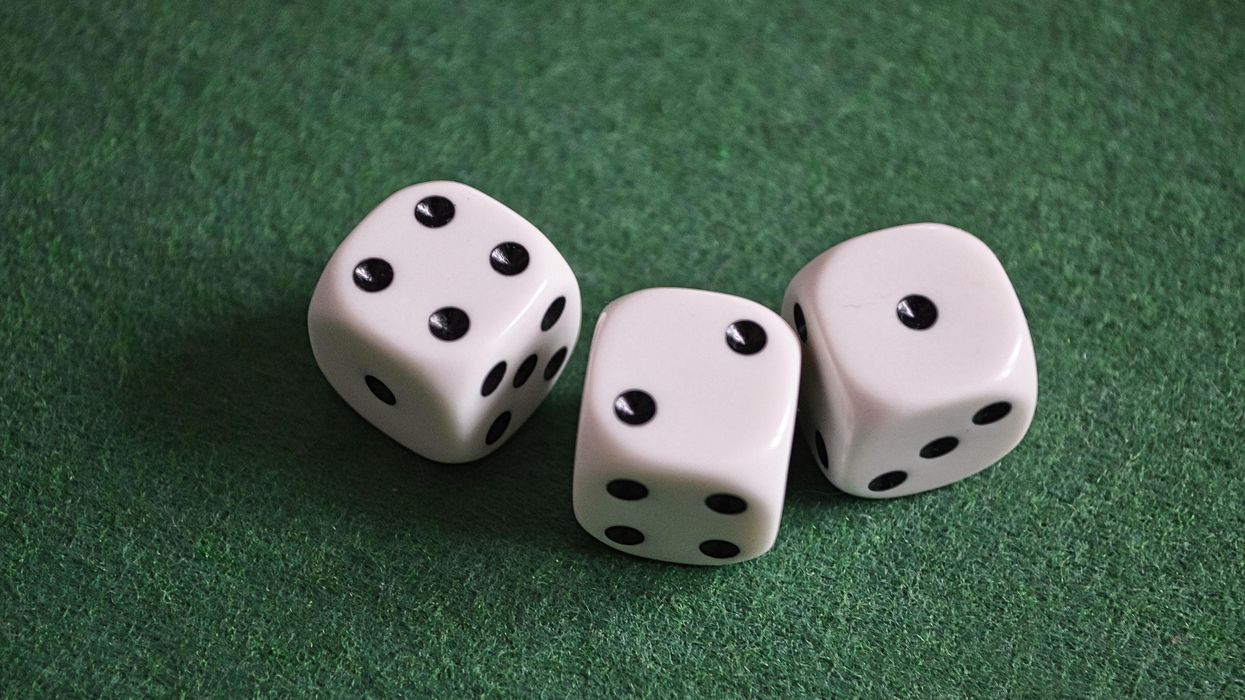
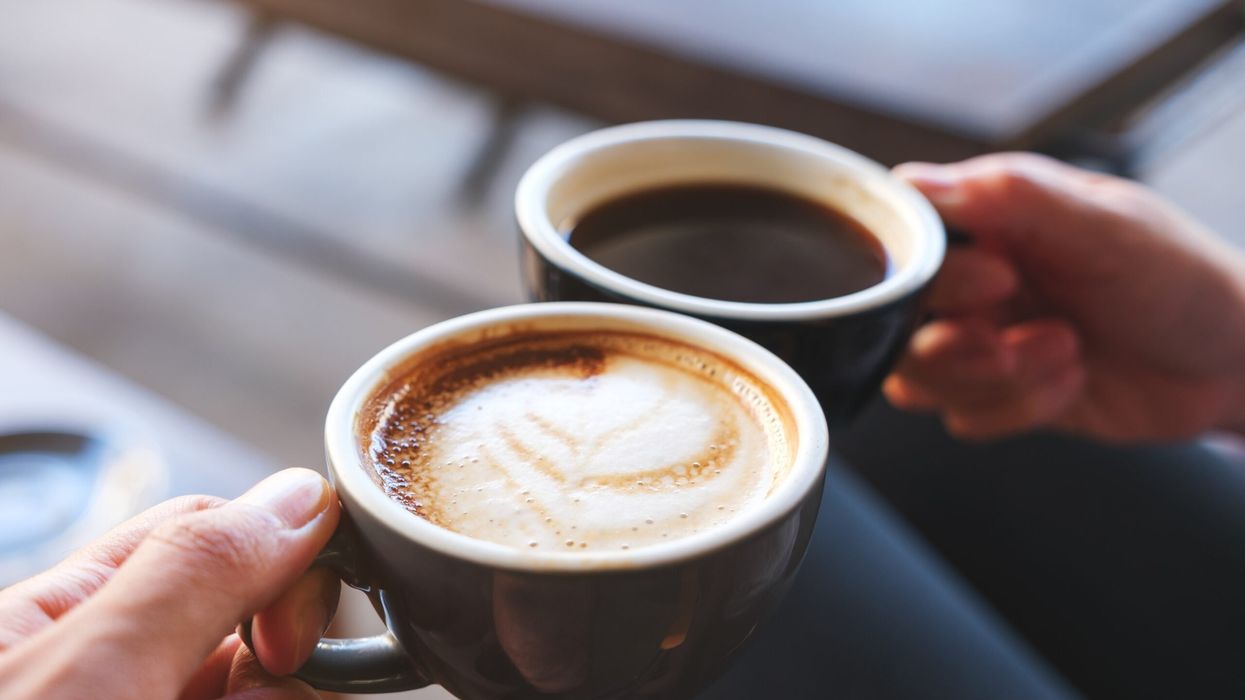
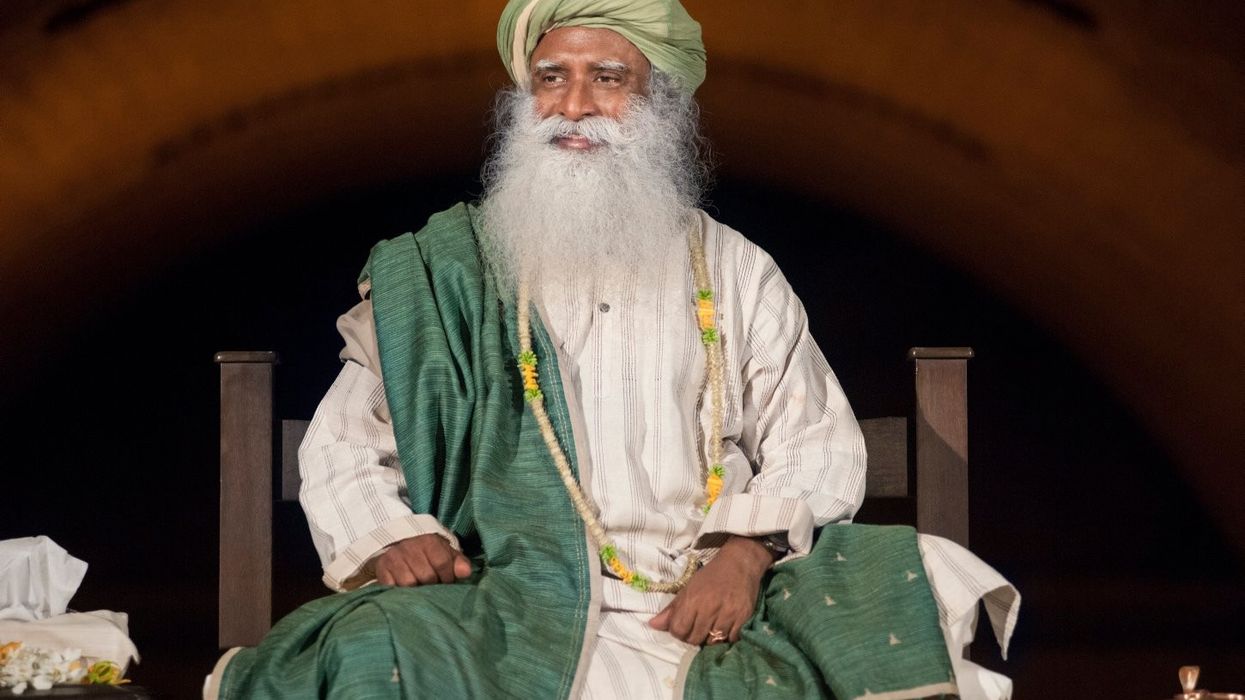
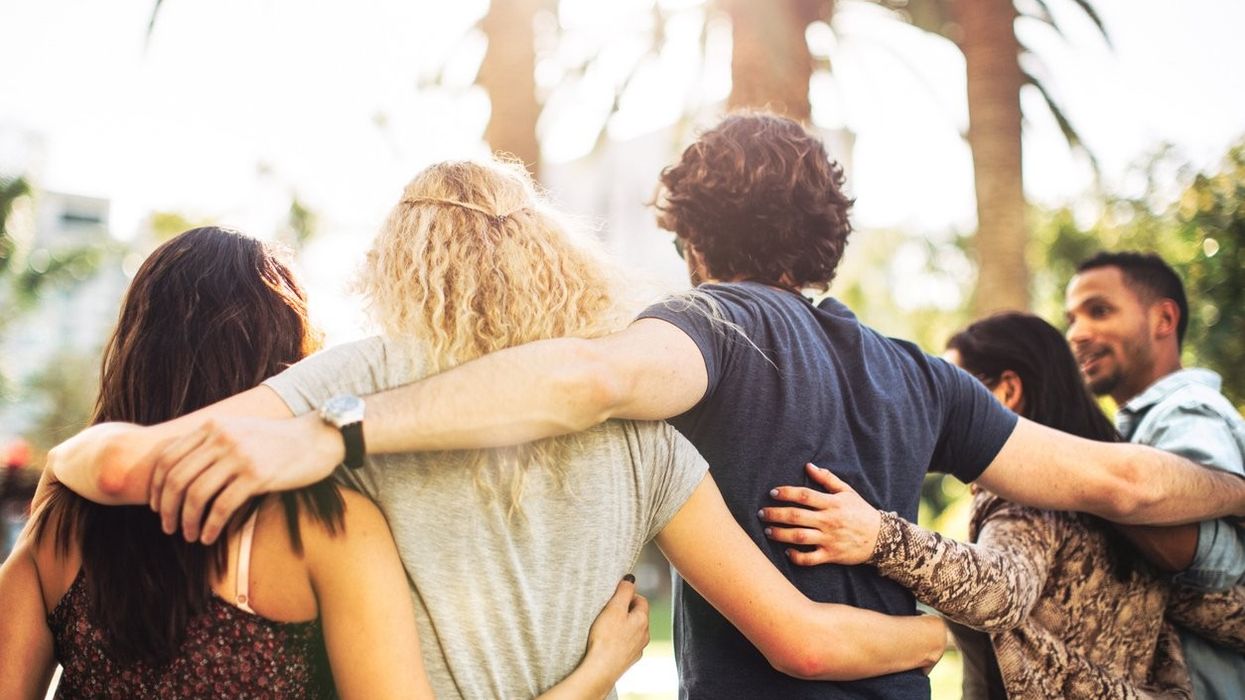

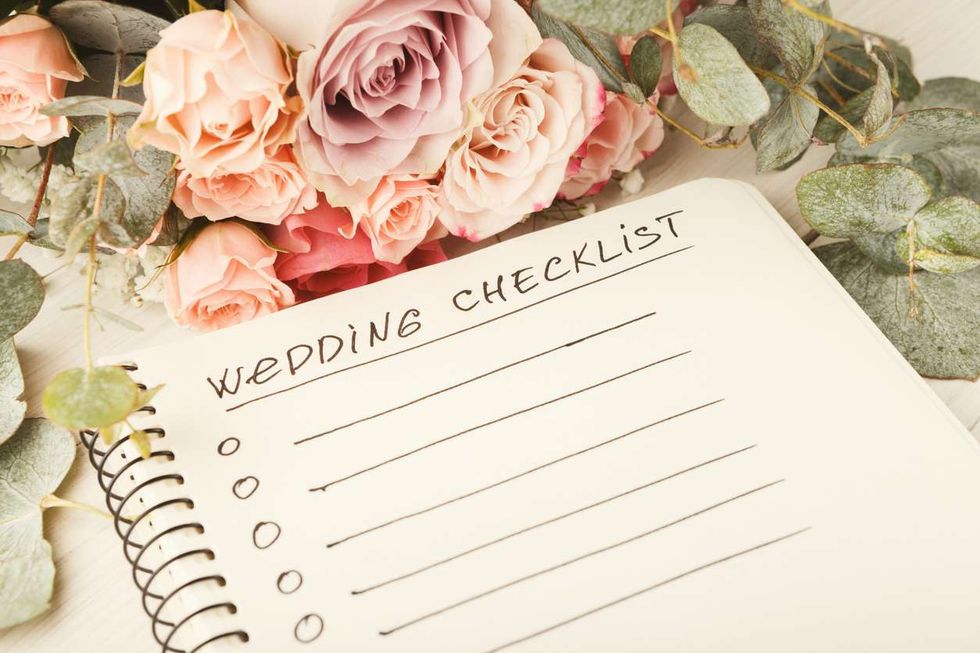 Prior planning for most needed thingsiStock
Prior planning for most needed thingsiStock Don't be afraid to ask for money instead of gifts for your big dayiStock
Don't be afraid to ask for money instead of gifts for your big dayiStock Don’t forget to enjoy the big dayiStock
Don’t forget to enjoy the big dayiStock






